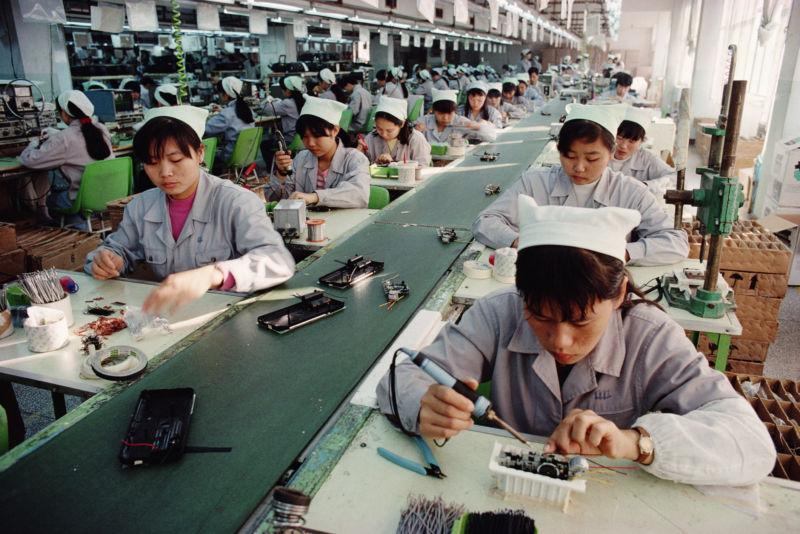Ars on your lunch break: How to survive competing with China
Ars Technica » Scientific Method 2018-10-25

Enlarge / Women soldering components at a factory in Shenzhen, Guangdong Province, China. (credit: Yann Layma / Getty Images)
Today we present the third and final installment of my interview with Chris Anderson. He was Wired magazine’s editor-in-chief for 12 years and then started one of the most influential companies in the brief history of consumer drones. Please check out parts one and two if you missed them. Otherwise, press play on the embedded player or pull up the transcript—both of which are below.
Today’s episode starts in the greener pastures that Chris’ startup, 3DR, found after Chinese behemoth DJI annihilated his drone manufacturing business. 3DR is now all about construction. Few points on our planet change more on a daily basis than construction sites. These sites also have masses of expensive inputs lying around in the open for months or even years. All of which creates boundless opportunities for drones to audit progress, detect pilfering, and more. We discuss all this in detail.
We then explore Chris’ nuanced take on China as a competitive force. He’s extremely fair-minded—even generous—toward the company that all but liquidated his startup. This stems from his unusually sophisticated understanding of Chinese business. Chris has ample frontline experience with this, as he spent four years living in China and covering the emergence of its mighty commercial sector for The Economist.